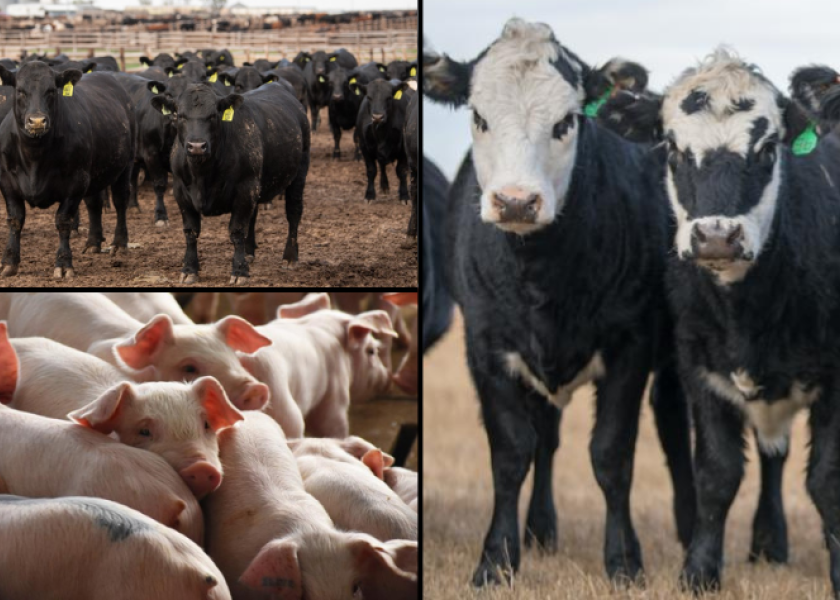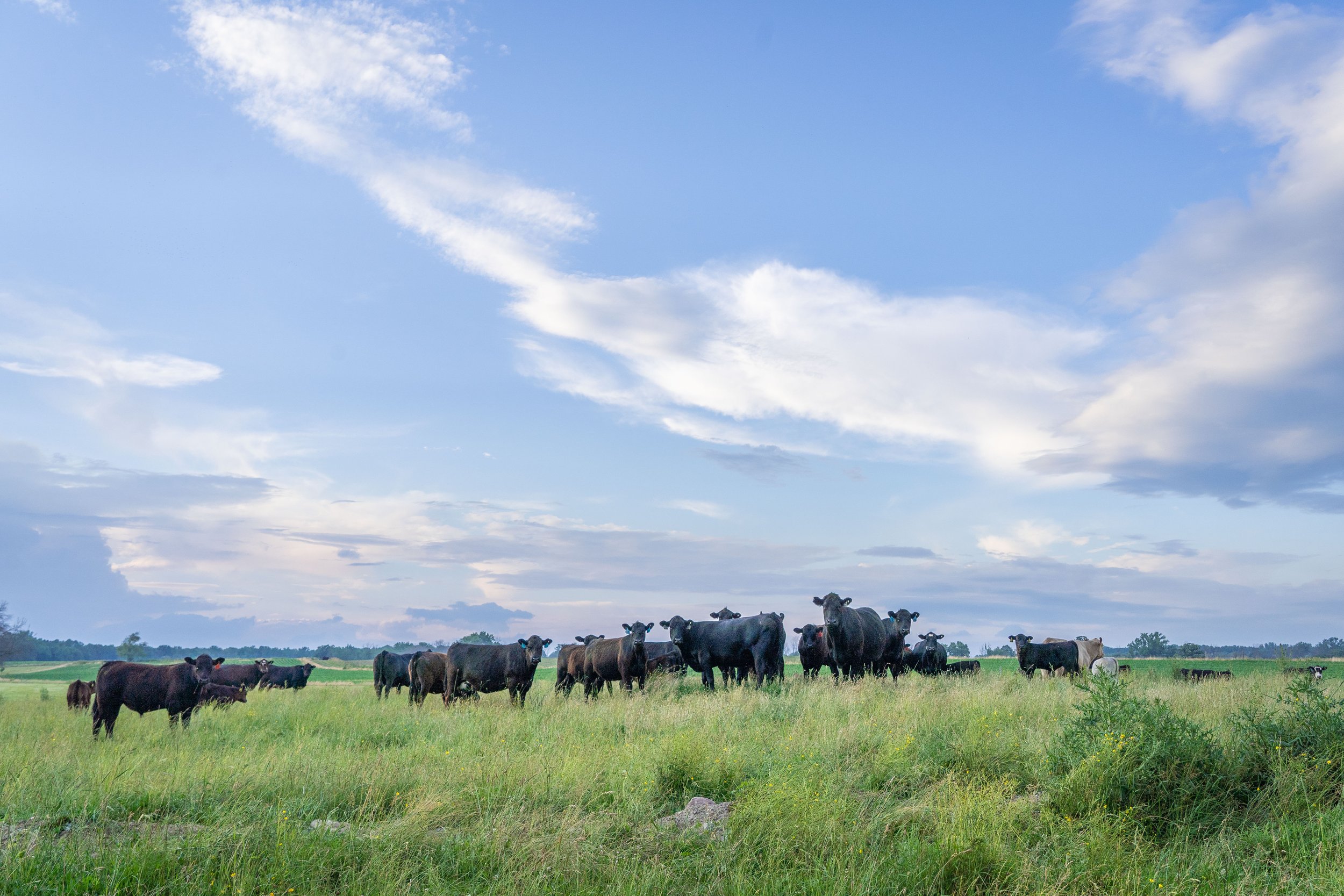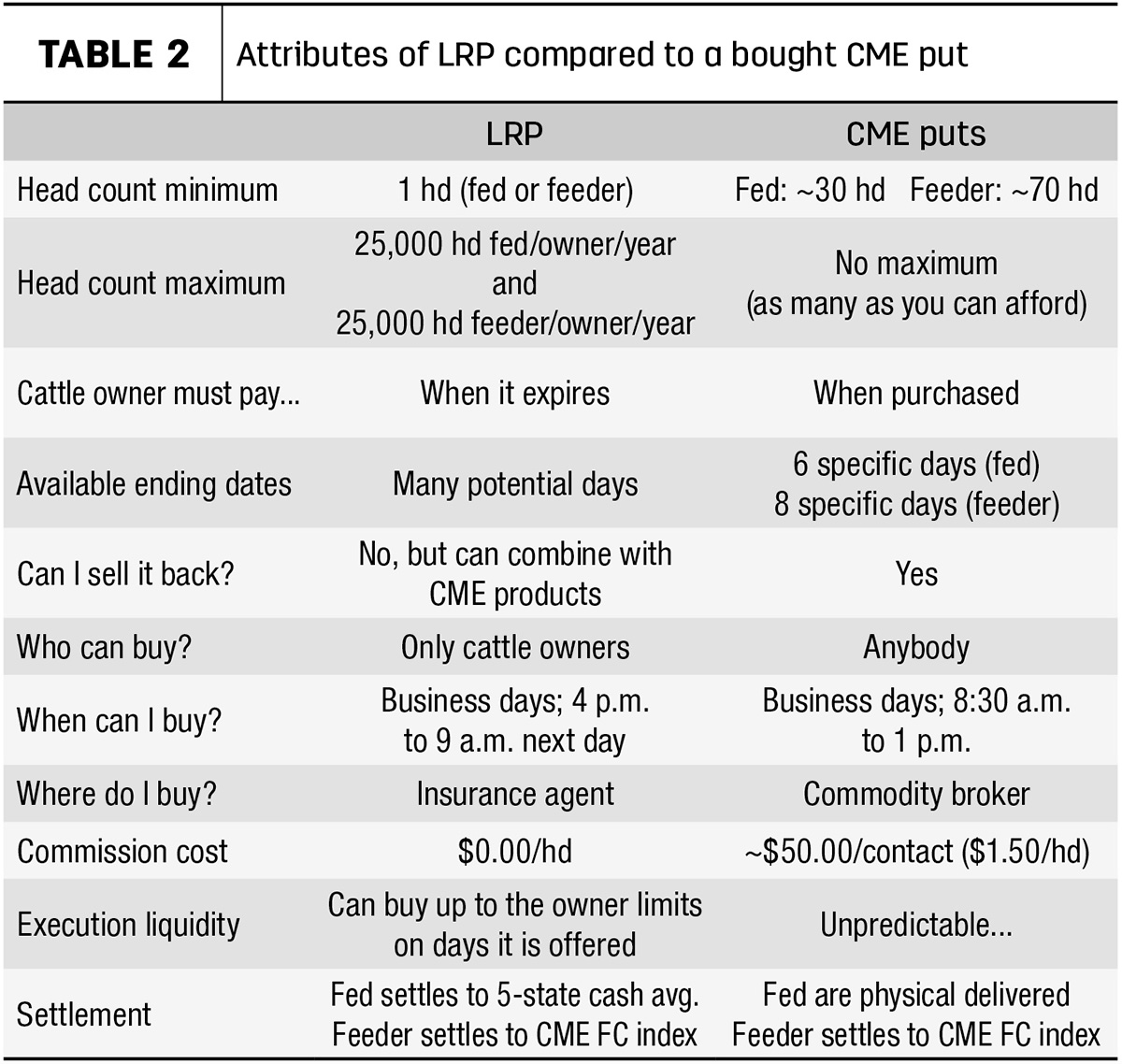Comprehending Animals Danger Security (LRP) Insurance: A Comprehensive Guide
Browsing the world of animals risk protection (LRP) insurance coverage can be an intricate undertaking for numerous in the agricultural field. From how LRP insurance coverage operates to the numerous coverage alternatives available, there is much to uncover in this comprehensive guide that might possibly shape the method livestock producers approach threat management in their organizations.

How LRP Insurance Functions
Occasionally, comprehending the technicians of Animals Risk Protection (LRP) insurance coverage can be complicated, yet damaging down exactly how it works can provide clarity for farmers and herdsmans. LRP insurance is a risk monitoring tool designed to protect animals manufacturers versus unforeseen cost decreases. It's vital to note that LRP insurance policy is not an earnings assurance; instead, it concentrates solely on cost threat protection.
Qualification and Protection Options

When it comes to protection choices, LRP insurance policy provides manufacturers the versatility to choose the protection degree, insurance coverage period, and recommendations that ideal suit their risk administration demands. Insurance coverage degrees usually vary from 70% to 100% of the anticipated ending worth of the insured animals. Manufacturers can likewise pick insurance coverage durations that straighten with their production cycle, whether they are insuring feeder cattle, fed cattle, swine, or lamb. Endorsements such as cost danger security can further personalize protection to secure versus unfavorable market changes. By recognizing the eligibility criteria and protection alternatives readily available, animals manufacturers can make informed decisions to manage risk efficiently.
Pros and Cons of LRP Insurance Coverage
When examining Animals Danger Protection (LRP) insurance, it is essential for animals manufacturers to evaluate the disadvantages and benefits integral in this threat administration device.

One of the primary advantages of LRP insurance coverage is its ability to offer security versus a decrease in animals prices. Additionally, LRP insurance uses a degree of adaptability, permitting producers to personalize coverage levels and plan durations to suit their specific needs.
However, there are likewise some disadvantages to take into consideration. One limitation of LRP insurance is that it does not safeguard versus all sorts of threats, such as disease episodes or all-natural calamities. Costs can in some cases be expensive, especially for manufacturers with huge livestock herds. It is crucial for manufacturers to very carefully examine their individual threat exposure and financial scenario to establish if LRP insurance policy is the appropriate threat administration tool for their procedure.
Understanding LRP Insurance Premiums

Tips for Taking Full Advantage Of LRP Benefits
Taking full advantage of the advantages of Livestock Danger Defense (LRP) insurance requires critical planning and positive threat management - Bagley Risk Management. To make the most of your LRP protection, take into consideration the adhering to suggestions:
Regularly Evaluate Market Conditions: Keep informed concerning market trends and rate variations in the animals industry. By keeping an eye on these factors, you can make informed decisions regarding when to acquire LRP insurance coverage to protect against prospective losses.
Establish Realistic Protection Degrees: When picking protection levels, consider your production prices, market value click here for more of livestock, and potential dangers - Bagley Risk Management. Establishing practical insurance coverage levels makes sure that you are sufficiently secured without overpaying for unnecessary insurance coverage
Expand Your Coverage: Rather than counting only on LRP insurance policy, think about expanding your threat administration methods. Incorporating LRP with various other danger monitoring tools such as futures agreements or alternatives can supply extensive protection versus market uncertainties.
Review and Adjust Coverage On a regular basis: As market conditions transform, occasionally assess your LRP protection to ensure it straightens with your existing danger exposure. Adjusting insurance coverage degrees and timing of purchases can help enhance your risk security strategy. By adhering to these pointers, you can make the most of the useful link advantages of LRP insurance coverage and safeguard your animals operation against unpredicted risks.
Verdict
In conclusion, animals threat security (LRP) insurance is a valuable device for farmers to manage the economic dangers related to their animals operations. By recognizing exactly how LRP functions, eligibility and insurance coverage options, along with the benefits and drawbacks of this insurance coverage, farmers can make educated choices to protect their source of incomes. By carefully taking into consideration LRP premiums and implementing methods to make best use of benefits, farmers can reduce possible losses and make certain the sustainability of their procedures.
Livestock producers interested in obtaining Animals Threat Protection (LRP) insurance can explore a variety of qualification standards and protection choices customized to their specific livestock operations.When it comes to coverage options, LRP insurance provides producers the flexibility to pick the insurance coverage degree, insurance coverage duration, and recommendations that ideal match their threat management needs.To grasp the complexities of Animals Danger Security (LRP) insurance coverage completely, recognizing the variables affecting LRP insurance coverage premiums is vital. LRP insurance policy premiums are established by various components, consisting of the protection degree selected, the anticipated cost of livestock at the end of the protection period, the kind of livestock being insured, and the size of the insurance coverage period.Testimonial and Readjust Protection Consistently: As market problems change, occasionally review your LRP coverage to ensure it straightens with your existing threat direct exposure.